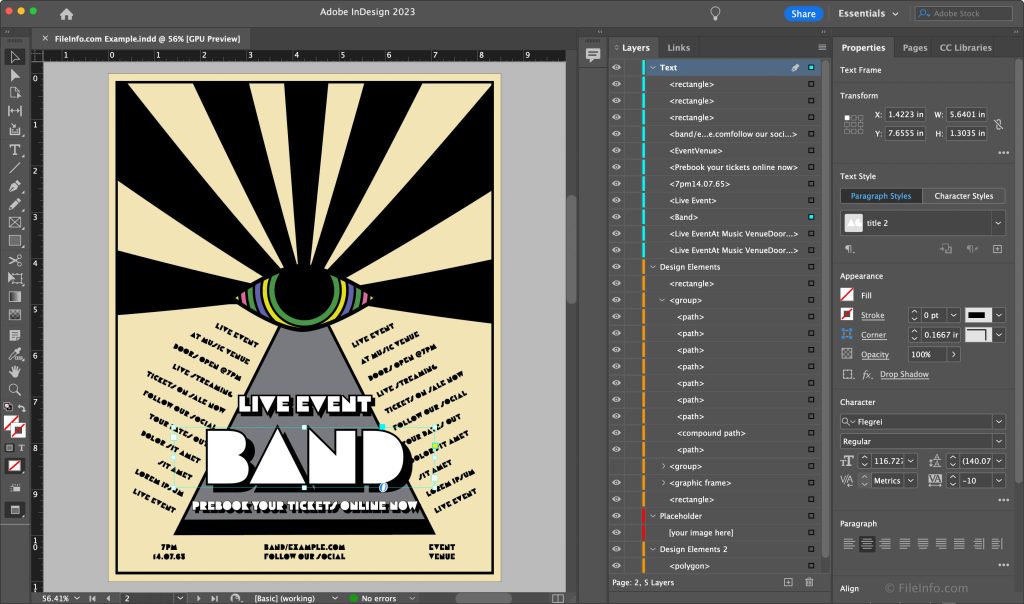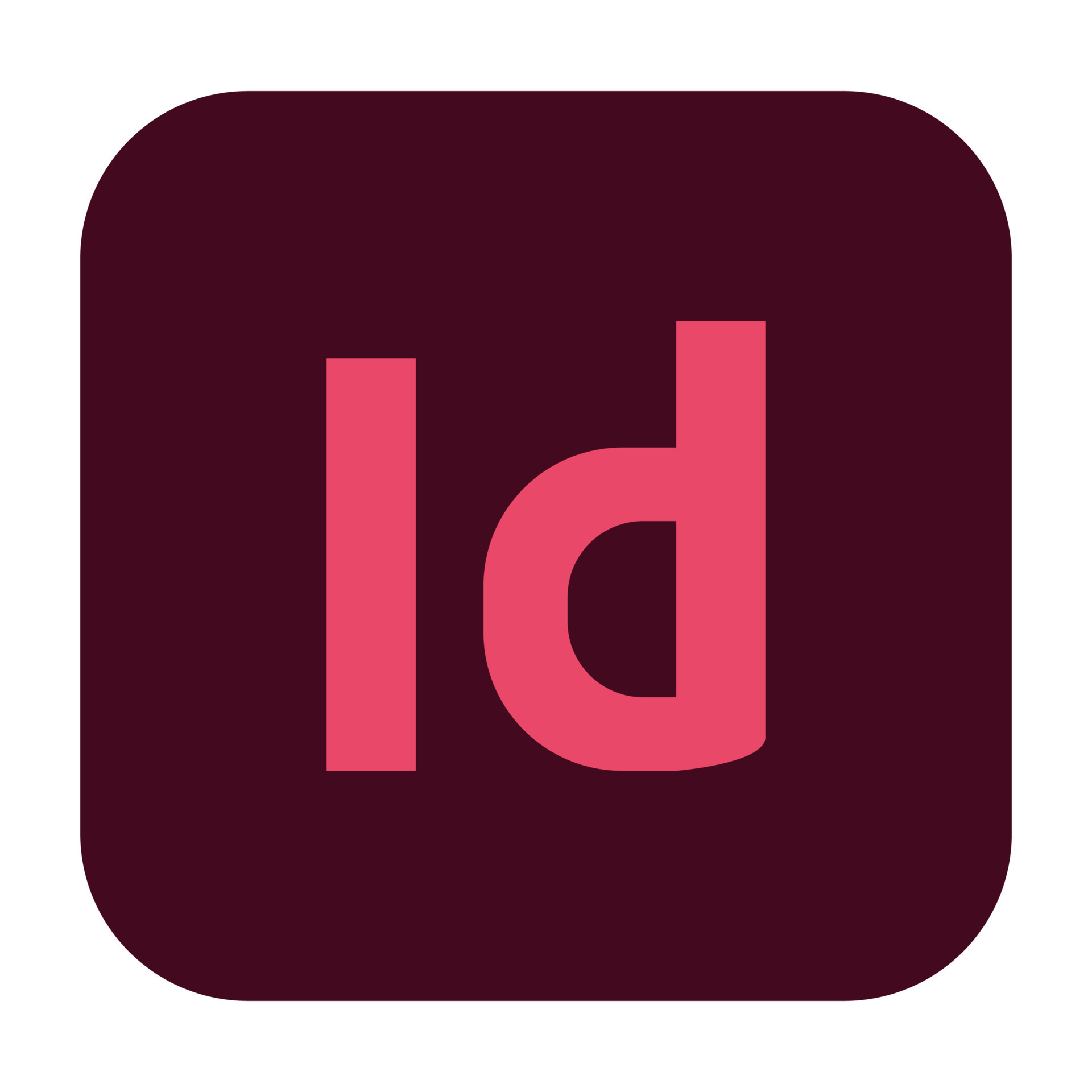In the modern digital age, where visual content reigns supreme, the demand for sophisticated design tools has skyrocketed. Among these tools, Adobe InDesign stands out as a front-runner in the graphic design realm. But why has it captured the hearts and screens of designers worldwide? Let’s explore.
Origins and Introduction
Emerging from the Adobe family in 1999 as a successor to PageMaker, InDesign was crafted to tackle the challenges of modern design. It serves a world where print design transitions seamlessly to digital, and where designers need greater control and flexibility.

Features that Set It Apart
- Masterful Typography: InDesign is not merely a tool to throw text on a page. It understands the art of typography. Kerning, tracking, and leading adjustments can be made with precision. The OpenType fonts, with their wide array of special characters, are integrated beautifully.
- Grid Layouts: For those who cherish alignment and order, the grid system in InDesign is a dream. Designers can create custom grids that cater to intricate layouts, ensuring consistency across pages.
- Interactive Elements: As digital publications gain traction, the demand for interactive elements has grown. InDesign answers this call with buttons, forms, videos, and other interactive features for eBooks and online magazines.
- Integration with Other Adobe Products: In a workflow where designs move between different software, InDesign’s seamless integration with Photoshop, Illustrator, and other Adobe products is invaluable. It streamlines the design process, reducing the friction that often comes with juggling multiple tools.
Why Designers Adore InDesign
Beyond its features, InDesign has cultivated a loyal following due to its continuous improvements and upgrades. Adobe listens to its users. Each version brings enhancements that resonate with real-world design challenges.
Moreover, the vast array of plugins available for InDesign amplifies its capabilities. Whether it’s for detailed footnotes, advanced table designs, or enhanced color management, there’s probably a plugin for it.
Lastly, for those looking to collaborate, Adobe InDesign doesn’t disappoint. Its cloud integration allows multiple users to work on a document, making team projects smoother and more efficient.

Critiques and Considerations
No tool is without its drawbacks. Some users find InDesign’s vast array of features daunting. The learning curve can be steep, especially for beginners. Also, being a premium product, its price point might deter freelancers or smaller firms.
In Conclusion
Adobe InDesign, with its myriad of features, is a testament to Adobe’s commitment to catering to the evolving needs of graphic designers. From print to digital, from typography to interactive content, it encapsulates what modern design demands. For those on the fence about diving into the InDesign world, the investment in time and money will likely pay off with the professional edge it provides in the design realm.
